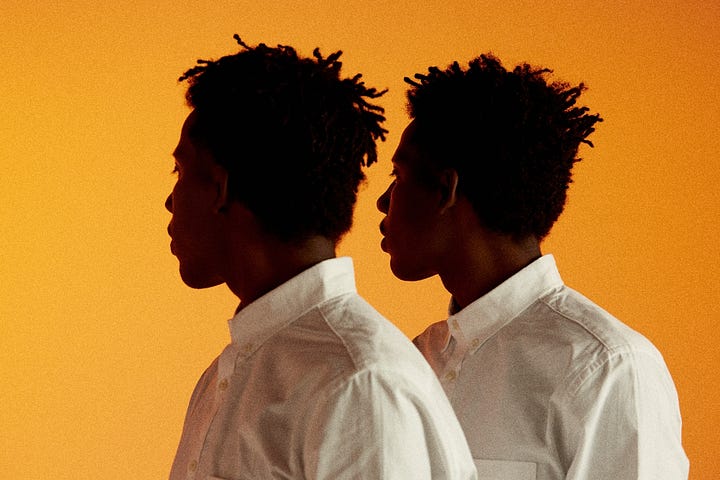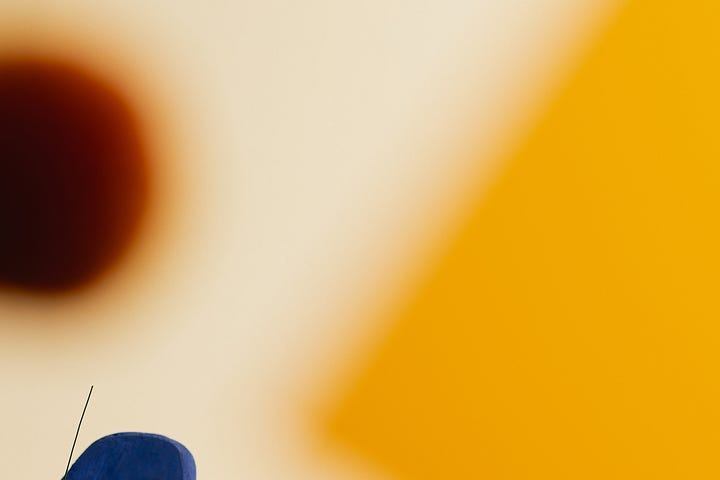COLORS GOT US FEELING SOME KINDA WAY
They surround us, yet we likely put little thought into them. Feeling energized? Have a hunger pang? Notice a soothing feeling in a certain room? Those might just be attributed to color.
Whether it’s conscious or not, we connect with color. Color is so important in our daily lives, behaviors, and feelings that a field of psychology is devoted to it. Businesses use color to influence our purchases, and designers incorporate it to make spaces more appealing and suited for their purpose. Authors, songwriters, movie directors, and artists all use these commonly held color meanings to add impact to their work.
Color matters and can make a difference in what we think, how we feel, and what we buy.
COLOR PSYCHOLOGY
The idea that colors affect our behaviors and emotions has its very own study. Color psychology <runs to change major> explores the link between people and how color affects them, taking into account aspects like age and cultural background. At the heart of color psychology is the idea that colors elicit an emotional response that can have a powerful influence.
Color psychology also tackles topics like:
The meanings of colors
What influences color preferences
How color can impact mental health
What colors are best for work environments
Perhaps the most relevant study in our modern era regarding color psychology and what has led to much of what we believe to be true today was done by neuropsychologist Kurt Goldstein in 1942. Goldstein found in his research that certain colors produced certain physiological reactions. He also believed that colors could prompt individuals toward specific emotional responses and physical behaviors.
ASSOCIATIONS AND SYMBOLISM
A lot of what we feel about color comes from some universal associations that have long been attached to specific colors. These associations are generated from our learned experiences, cultural norms, and even natural instincts.
For example, in the U.S., we tend to associate the color orange with Halloween. Orange reminds us of pumpkins. Pumpkins are popular on Halloween; thus, our brain connects the color with the holiday. Our culture and past experiences have built the association.
Think of the symbolic meanings we tend to attach to the following colors:
Red: power, danger, love, passion
Think Valentine’s Day, alarms, and stop signs.
Green: nature, freshness, fertility
Trees and lush foilage have helped frame our perception of green.
Blue: stillness, water, calm
We associate water with being blue, and water’s visual and auditory effects are often viewed as pleasing or soothing.
Yellow: joy, brightness, energy
We’ve got the warm sun and vivid lighting to thank for this association.
MOOD AND EMOTION
Our brains start at an early age allowing color to affect our mood and emotions. Consider how babies are attracted to bright colors. They’re more prone to pick up a brightly colored toy. It starts with eyesight; these colors are simply easiest for them to see, but their brains begin to connect those colors with a sense of enjoyment and interest.
Our preferences as adults can depend more on our personal experiences and tastes, which can vary from person to person, but there are some common feelings attached to many colors.
In an international color-emotion survey, individuals were asked to select an emotion word to describe their feelings when they saw particular colors. Here are some examples of colors and their most commonly cited associations:
Red– love
Yellow– joy
Green– contentment
Blue– relief
Grey– sadness
The emotional associations to colors are subjective, again due to our personal experiences and culture, but it seems we agree on a majority of them.




COLOR AND CONSUMERS
Because of our learned assumptions of colors and what they convey, advertisers and marketing agencies make use of hues to entice us to do everything from downloading an app to buying a certain snack.
Logos, packaging, ads, and websites are all carefully curated to be visually appealing but are also based on what emotion or association the business wants to evoke in the buyer.
You might be more apt to choose a jewelry brand for its use of sleek, black packaging that notes sophistication and nod to luxury. Your new leather boots are likely labeled with brown tones to denote earthy ruggedness. Those yummy gummies may have come dressed in a bright purple wrapper to pronounce their mystery and magic.
The next time you’re “seeing red” or “tickled pink”, remember there’s a reason. If your grey hair has you feeling sad, well, that’s another story.



